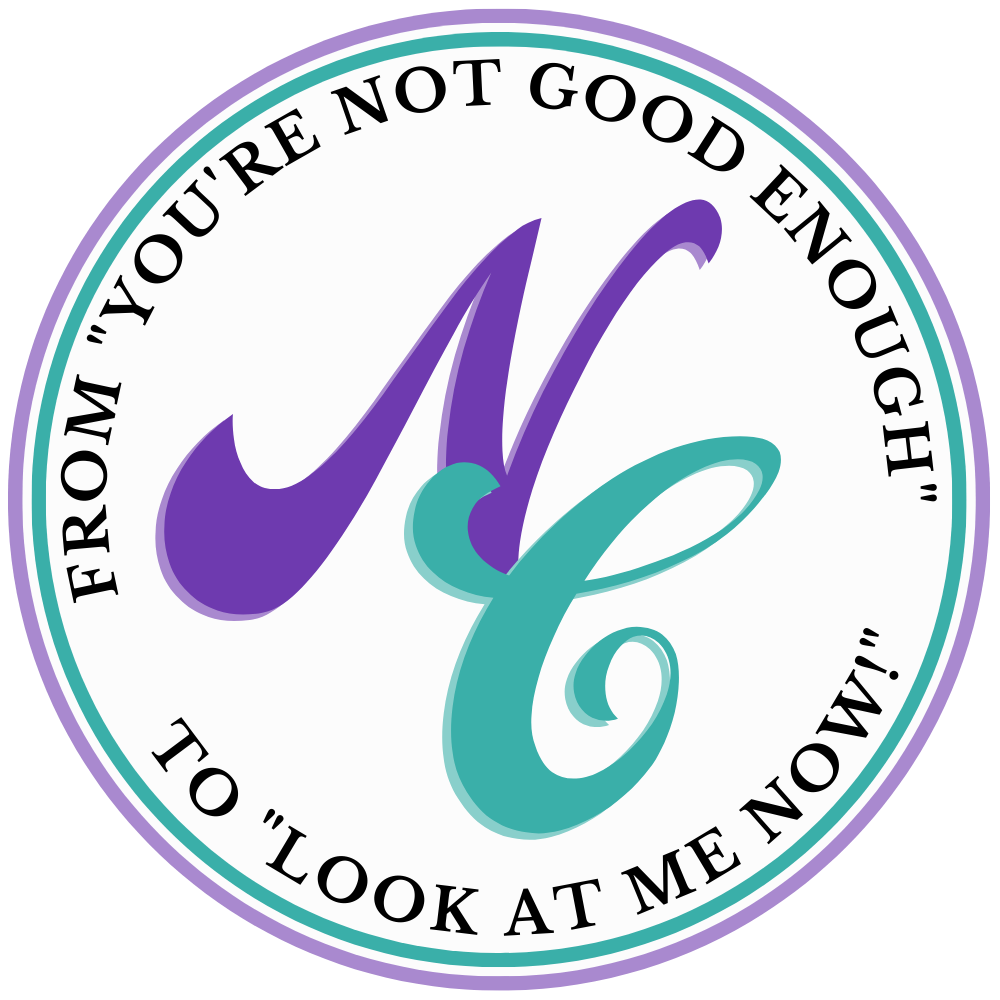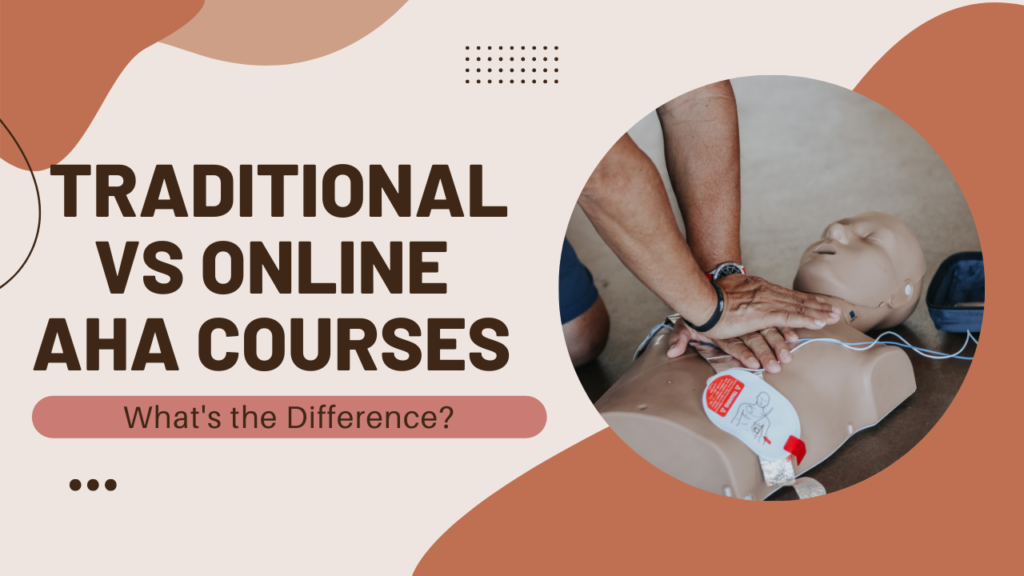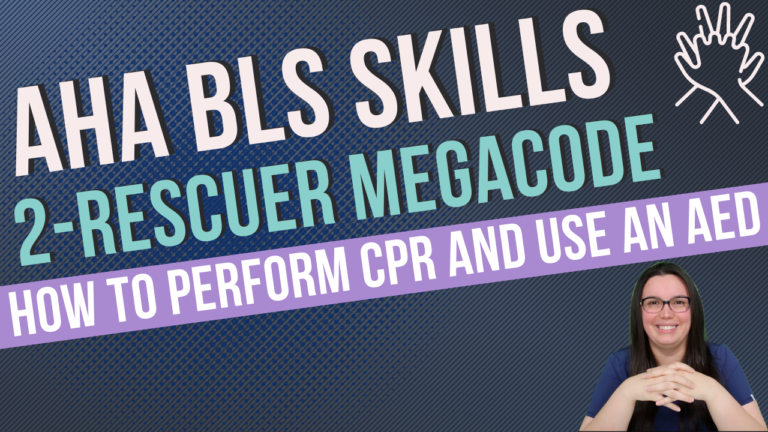Do you need a cardiopulmonary resuscitation (CPR) certification? If so, you may be wondering if you should take a traditional American Heart Association (AHA) course or an online AHA course.
Both types of courses offer the same certification, but there are some key differences that you should know about before making your decision.
In this blog post, we will discuss the pros and cons of each type of course so that you can make the best decision for yourself!
What is a traditional AHA course?
A traditional AHA course is a classroom-based course that is taught by an instructor. The class typically lasts for about 12 to 16 hours over two days, and you will receive your certification at the end of the course.
Pros:
- You will have the opportunity to ask the instructor questions and get feedback in real-time.
- You will be able to practice the skills you learn with other students in the class.
- You will receive your certification immediately after completing the course.
Cons:
- The courses are often expensive, ranging from $100 to $300.
- The courses are only offered at certain times and locations, so you may have to travel to take the course.
- The courses are typically very long, so you will need to dedicate a significant amount of time to complete the course.
What is an online AHA course (HeartCode)?
An online AHA course known as HeartCode is a self-paced, online version of the traditional AHA course. The course is typically divided into modules, and you can complete the course at your own pace.
Pros:
- The courses are often less expensive than traditional courses, ranging from $32.50 to $151.
- The courses are offered online, so you can complete the course at any time and from anywhere.
- The courses are typically shorter than traditional courses, so you will not need to dedicate as much time to complete the course.
Cons:
- You will not have the opportunity to ask the instructor questions or get feedback in real-time during the online portion.
- You will be required to attend a skills check-off portion which will be an additional cost. Pricing can range from $50 to $100 dollars sometimes more.
So, what's the difference between traditional AHA courses vs online AHA courses?
The main differences are the cost, time commitment, and availability of the courses.
Both types of courses offer the same certification, but it’s important to consider your needs before making a decision. If you need more flexibility, then an online AHA course might be the best option for you. But if you want the opportunity to ask questions and get feedback in real-time, then a traditional AHA course might be the better choice.
No matter which type of course you choose, you will be prepared to save a life!














